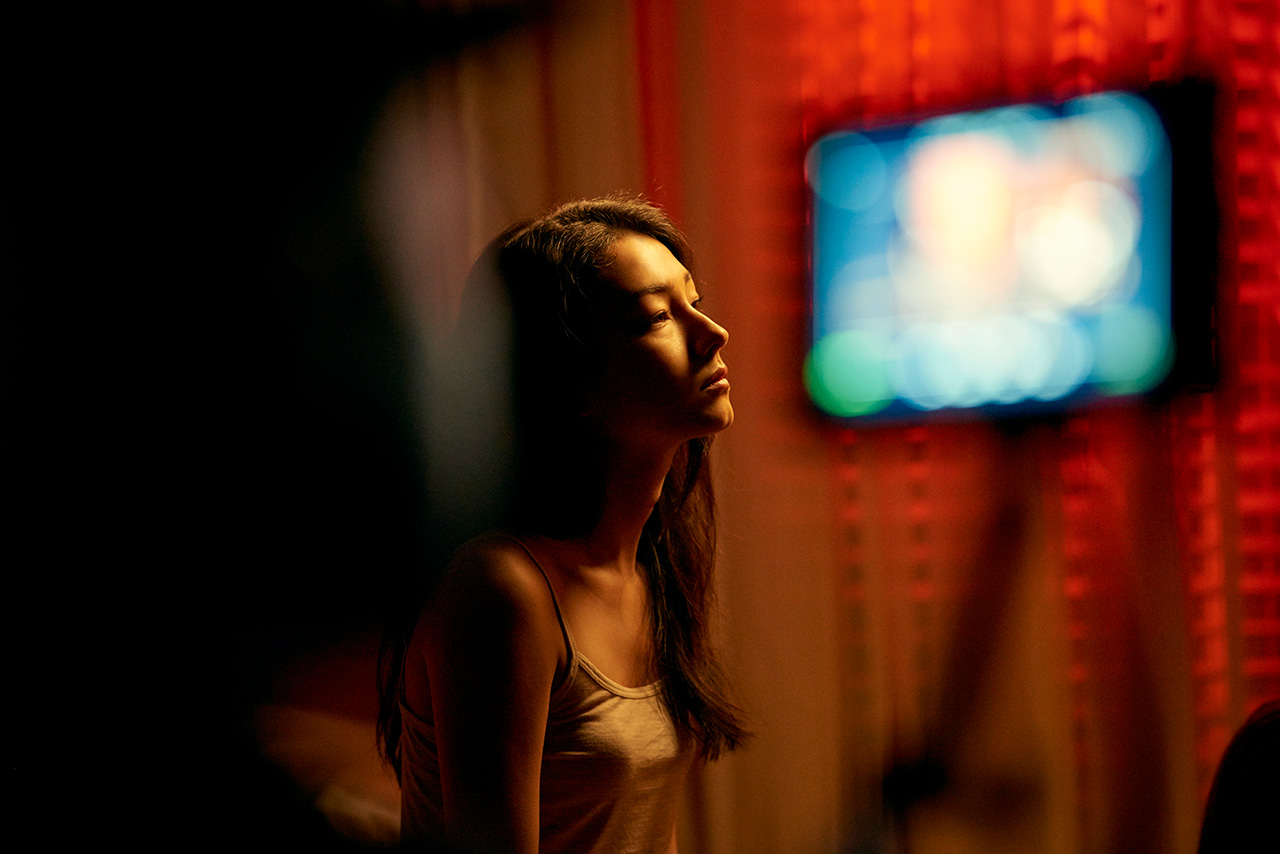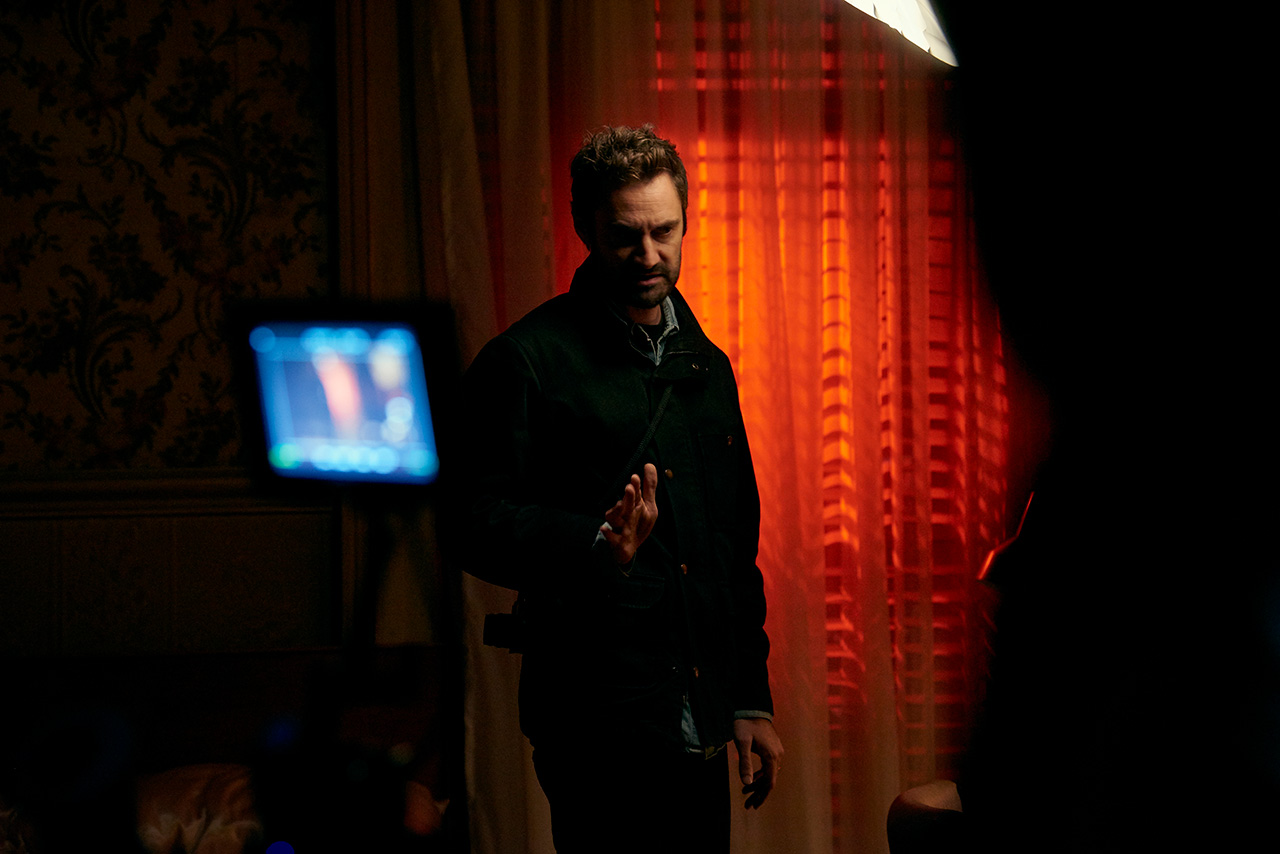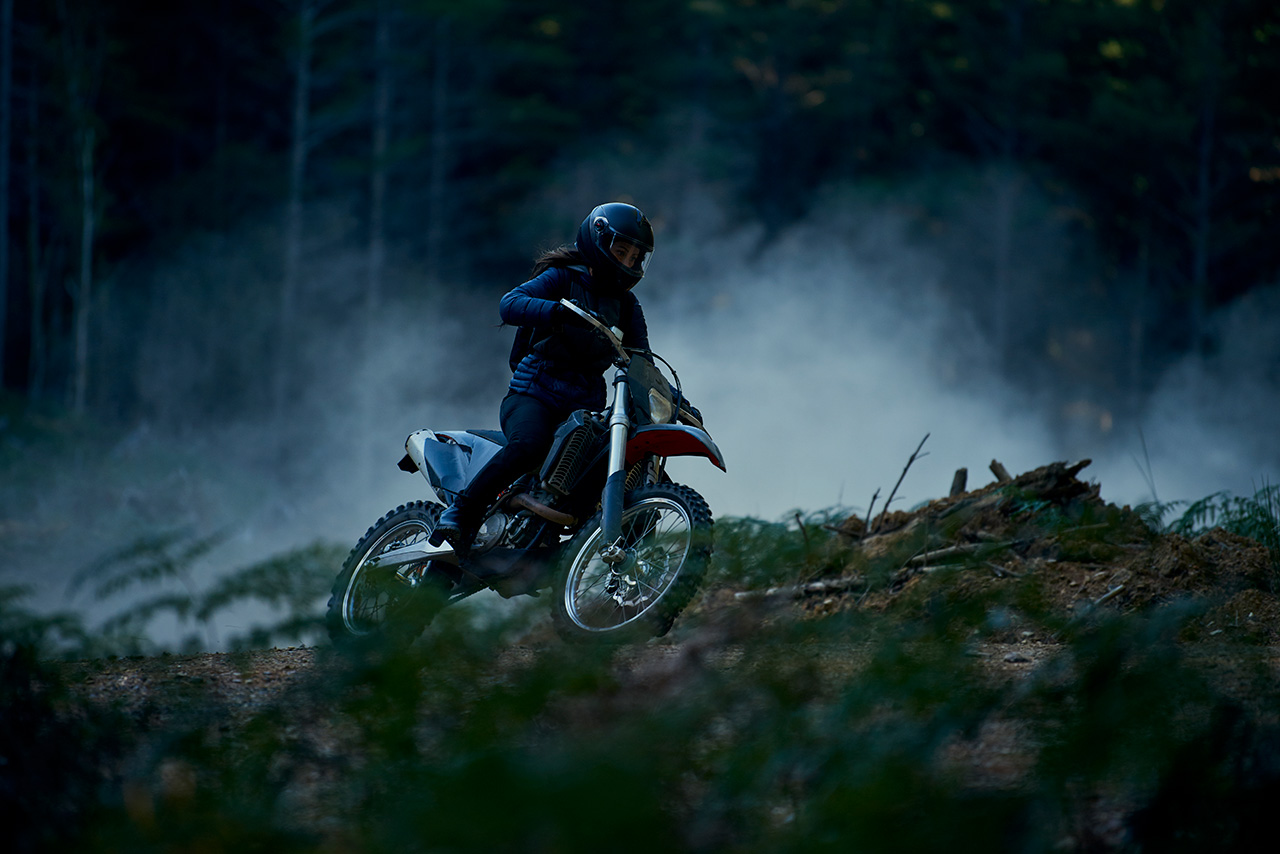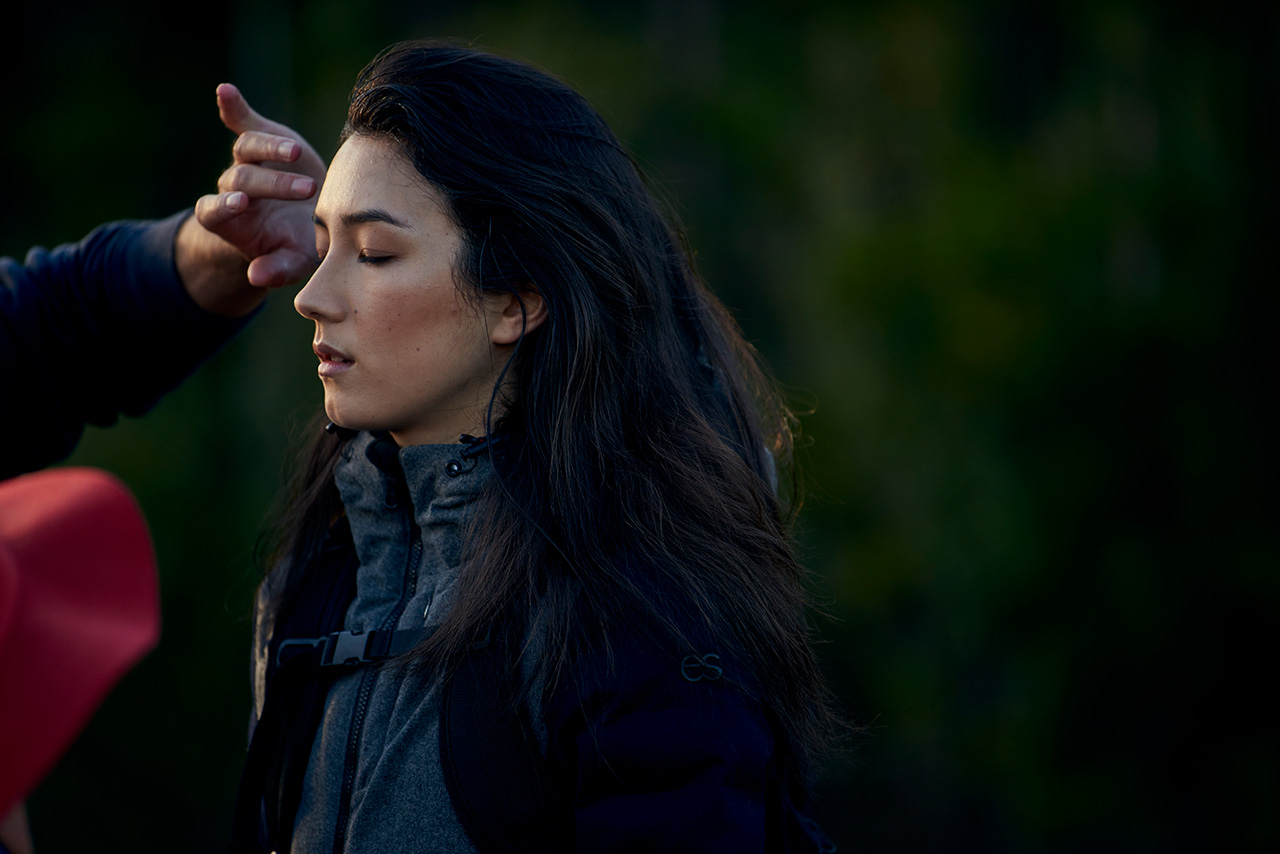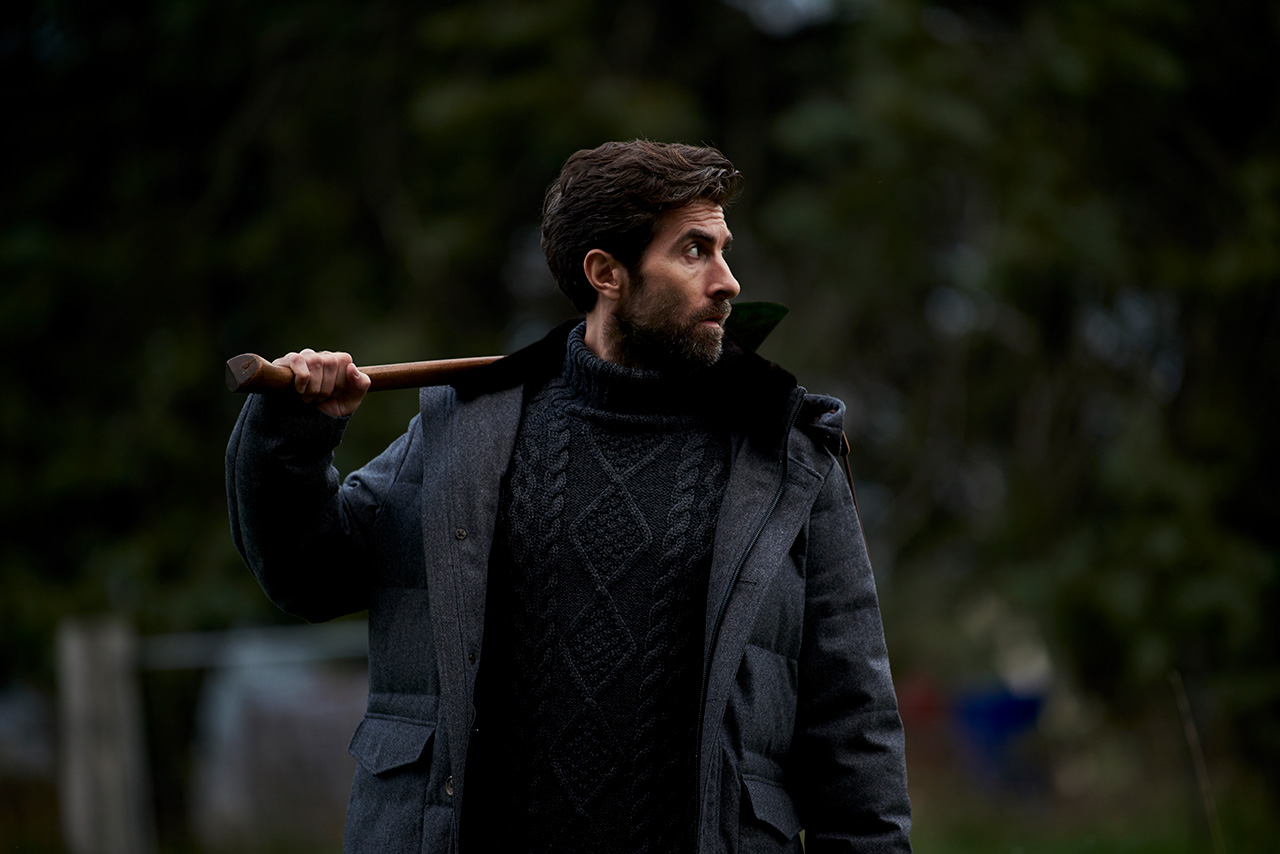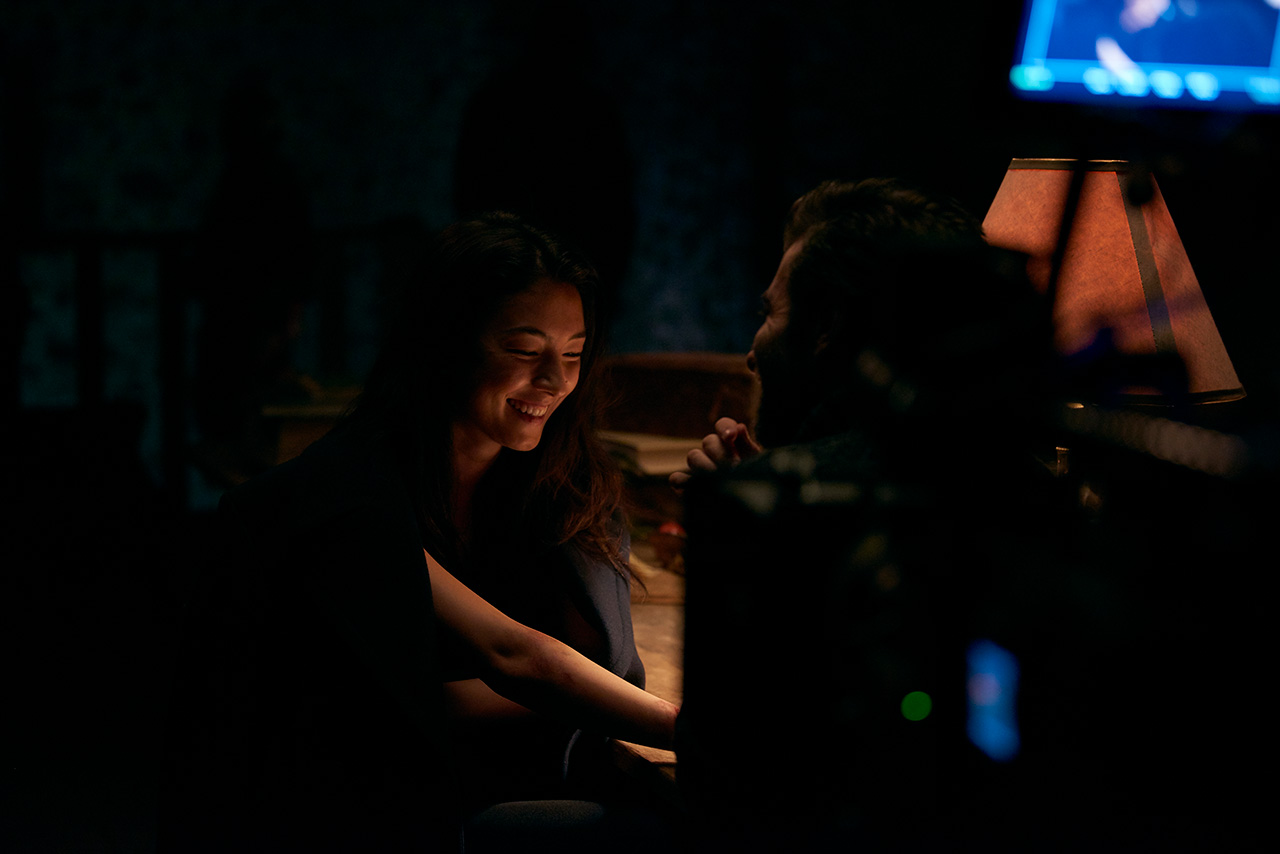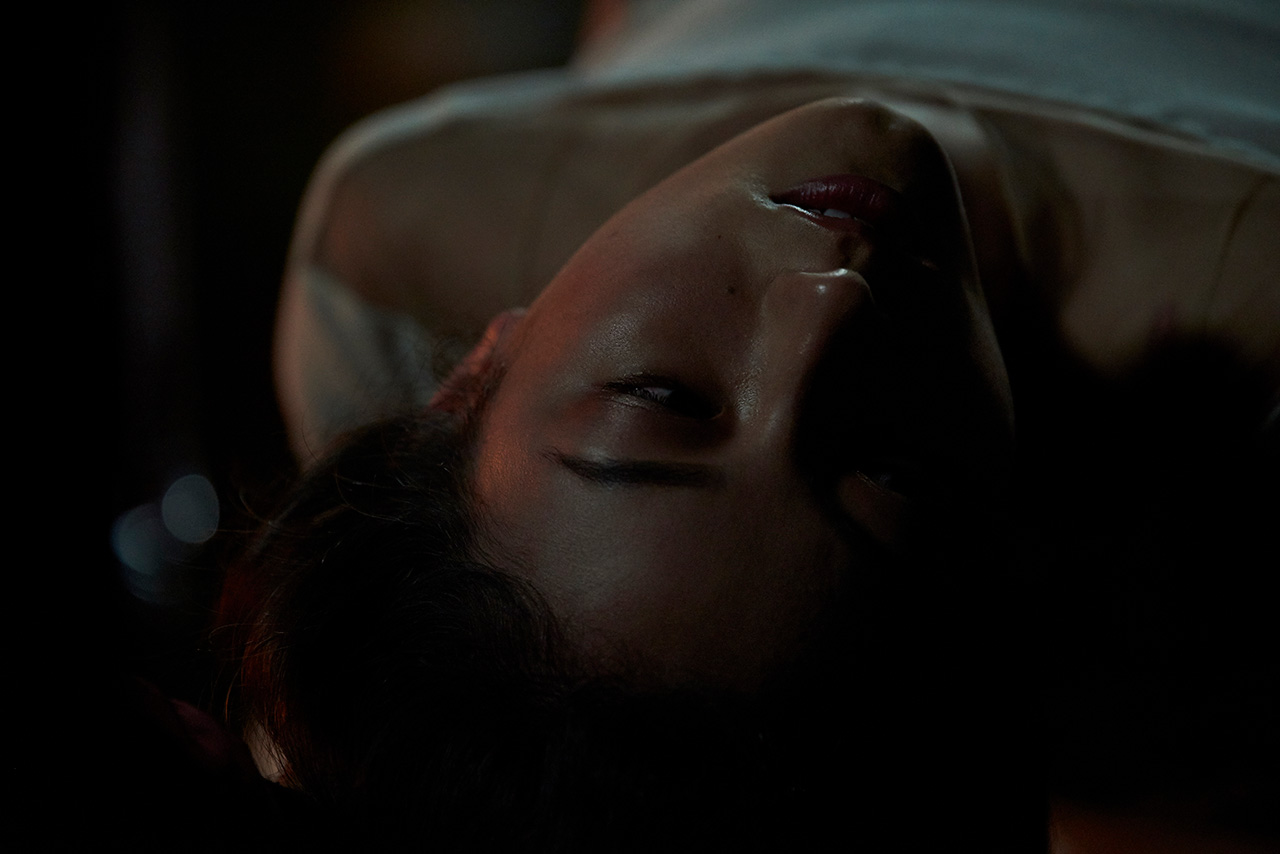News feed
The filmmaker Ben Briand is no stranger to the power clothing possesses to act as a vessel for memory. Where some might treasure an heirloom piece or something painstakingly crafted as a reminder of a time and place long left behind, Briand’s object of attachment takes a form that is far more quotidian.
“I’ve done a few films that [centre around] a kind of memento that travels through time and place,” the director recently told GRAZIA on return from Shanghai. “Clothing is absolutely one of those things. I’ve bought the same pair of A.P.C. jeans six times over now… I just keep revisiting those over and over again to have that same experience.”
Little else about Briand’s work could be said to be as repetitive as his purchasing habits admittedly are. The Sydney-based Briand has developed a name for his startling honest creative and advertising work alike – the latter school of filmic projects marrying various commercial demands with the cinematic nuance that defines his artistic output. In his latest creative benefactor, The Woolmark Company, Briand says he found an organization with whom he shared similar values (chief amongst them, artistic freedom). On the strength of Briand’s portfolio, which spans both dramatic short film and work for clients like Apple, Oroton and David Jones with an emphasis on dramatic narrative, Woolmark charged Briand with developing a short film that juxtaposed “something emotionally raw” with beautiful imagery, dynamic storytelling and an unexpected action lead – wool, that is.
Briand is no stranger to featuring fashion on film. “I always believe in making a film that might have fashion in it, as opposed to a fashion film and that was my approach here,” Briand explains of the resulting short film, Armour, produced on occasion of the textile advocate’s 50th anniversary of the Australian Merino wool trade with China and its New World Wool campaign. Underpinning Armour are thematic references to the five elements, or Wu Xing: fire, earth, water, wood and metal, as well as their five transitive states – melting, penetrating, separating, absorbing and quenching.
Written and directed by Briand, Armour was shot over five days in Melbourne and in rural Tasmania at Mole Creek on the island’s north coast. “It’s beautiful,” Briand said of the dramatic vistas he scouted days in advance of the shoot. “It’s a part of Australia that we don’t often get to see on film because we have this history of erring toward the red earth, iconic side of things but there’s a wonderful, lush world down there which was just so cinematic.” The landscape’s relative anonymity also gives the film “a broadness and [relatable quality] in a larger scope”. A sense of ambiguity around the film’s actual location was desirable, Briand explains, to abet the narrative arc as it transitions from anonymous metropolis to mountainside. Armour stars the ascendant Australian-Chinese actor Natasha Liu Bordizzo as a female assassin archetype in the vein of American, French and Chinese noir classics like The Lady from Shanghai, La Femme Nikita and In The Mood For Love – complex women with even more complicated histories alluded to through front-footed action sequences and a physicality that Liu Bordizzo embodies instinctually.
Liu Bordizzo, already a star of the Crouching Tiger, Hidden Dragon sequel and The Greatest Showman alike, is on the cusp of even greater international recognition with upcoming projects like Hotel Mumbai, opposite Armie Hammer and Dev Patel, as well as a film with Daniel Radcliffe on the horizon. In Armour, however, her co-stars are arguably more interesting: not only does the actor Sam Smith appear in his fourth of Briand’s projects, there are star turns from the woollen wares of Jacquemus, Paul Smith, Max Mara, Akris, Strateas Carlucci and John Smedley. The integration between the film’s wardrobe and narrative was seamless, with an emphasis on fashion – an impeccably tailored Paul Smith coat in particular – suffused into the character and narrative development prior to shooting. “It was very slick and as long as it spoke truthfully to who the character was, it all meshed beautifully”, says the filmmaker, who only had a couple of days prior to commencing filming to dive into a rigorous character-building process with his actors “to ensure that every scene has that emotion.
“Working in a short form… you can’t fake it,” Briand explains. “Asking an actor to cry will not produce the emotional resonance you need. Working up a scene or character with an actor means that when you do get to that one moment … then you get something which feels like it has a lot more depth [to] it.”
Though Armour appears below in what feels like an abbreviated form, it retains the distinct feeling that there’s even more at play than its two-minute running time allows for. “The intention was to have that sensibility of it being something so much more,” Briand confirms. “We got to that feeling because everyone involved had that long form sensibility, so it has the feeling of being part of a much larger story.” Unsurprisingly, there is a version of the film which runs for 13 minutes that’s awaiting release as part of a more traditional festival run, the filmmaker explains, meaning Armour looks as though it’s going to enjoy the high-rotation status of Briand’s go-to black denim some time in the near future.
Tile and cover image: Supplied





